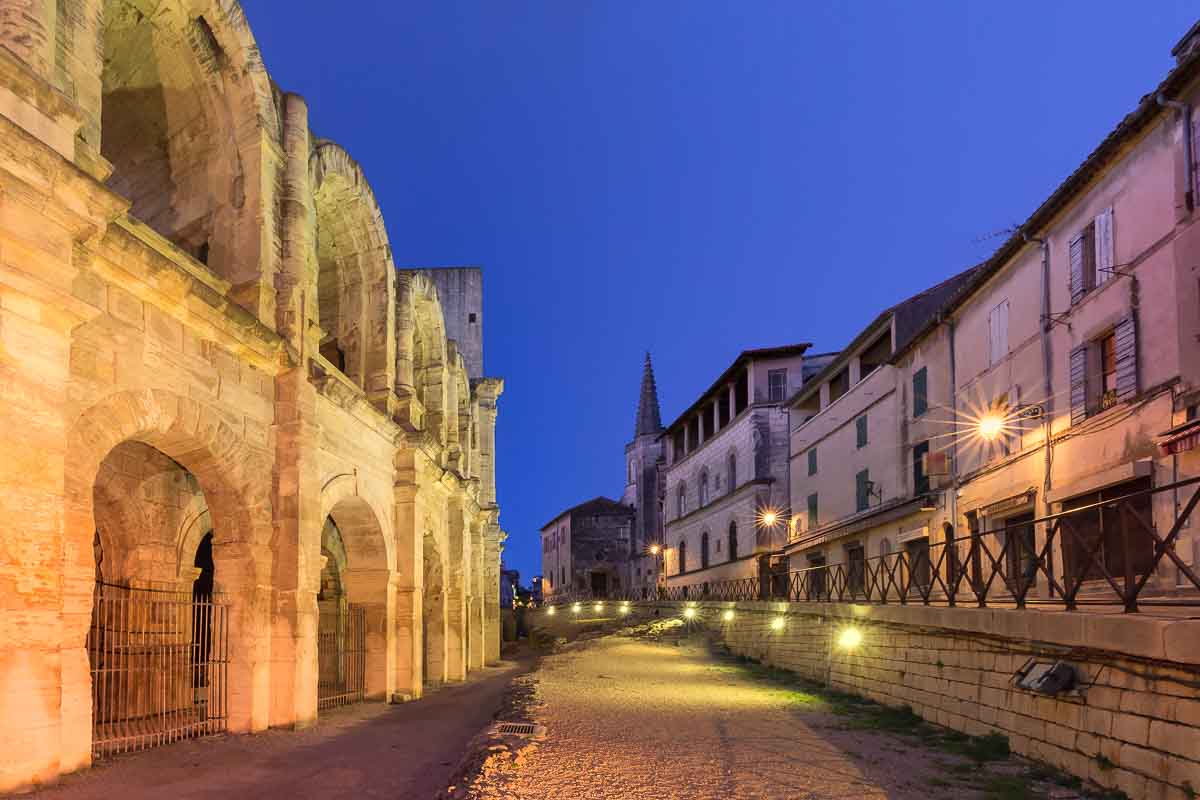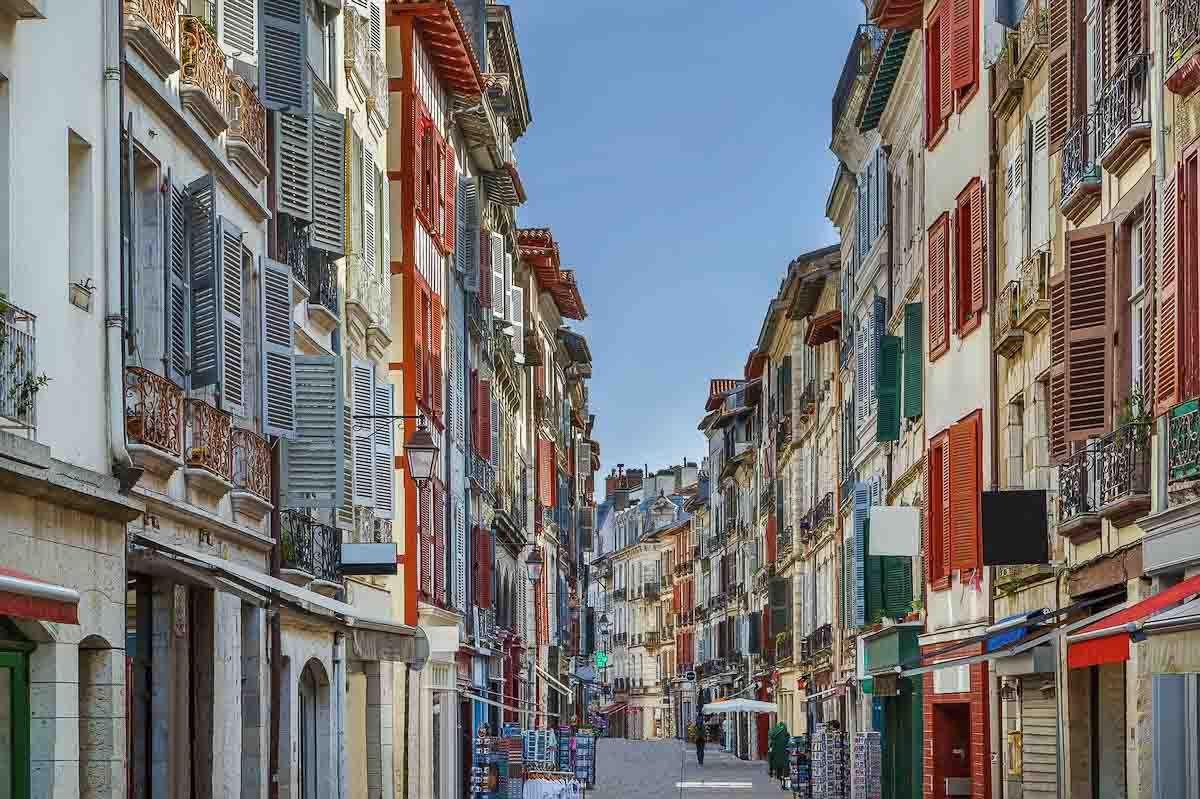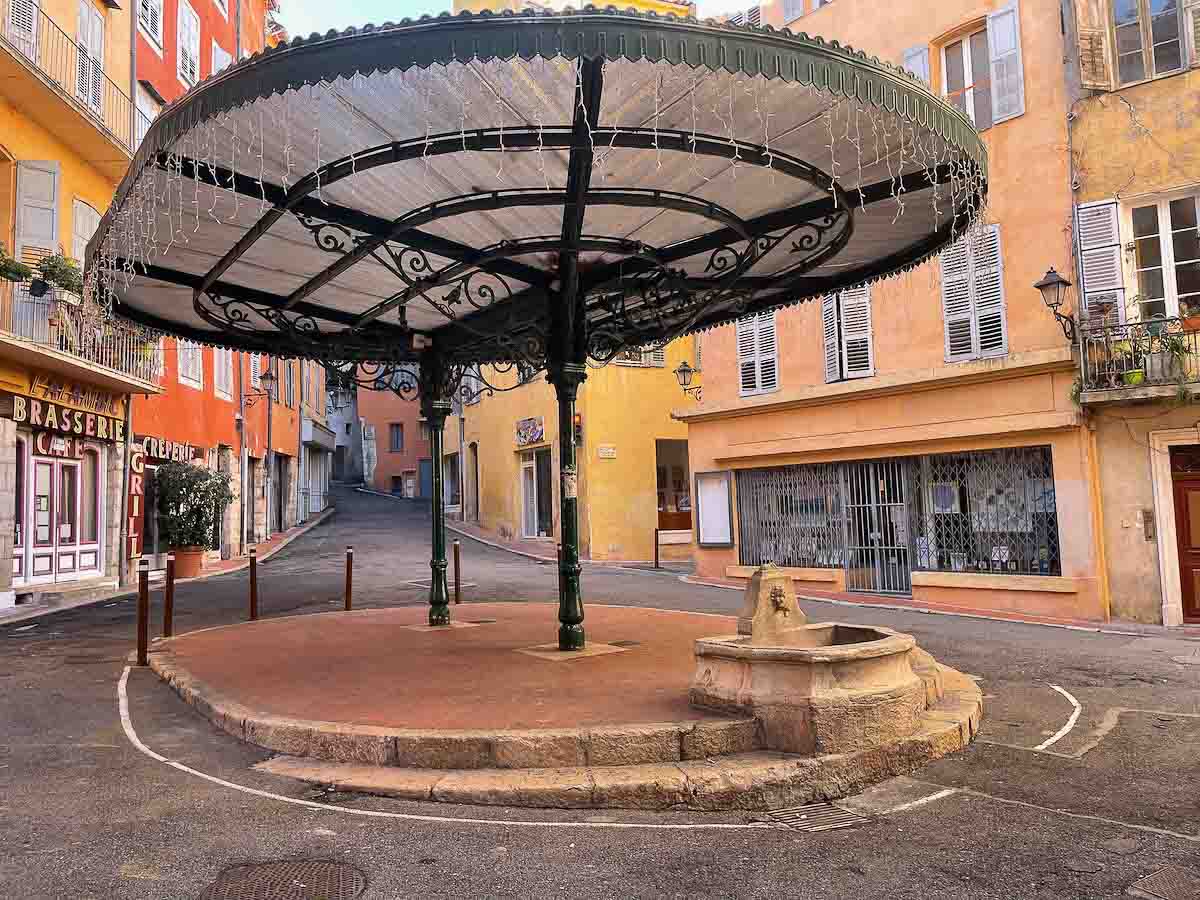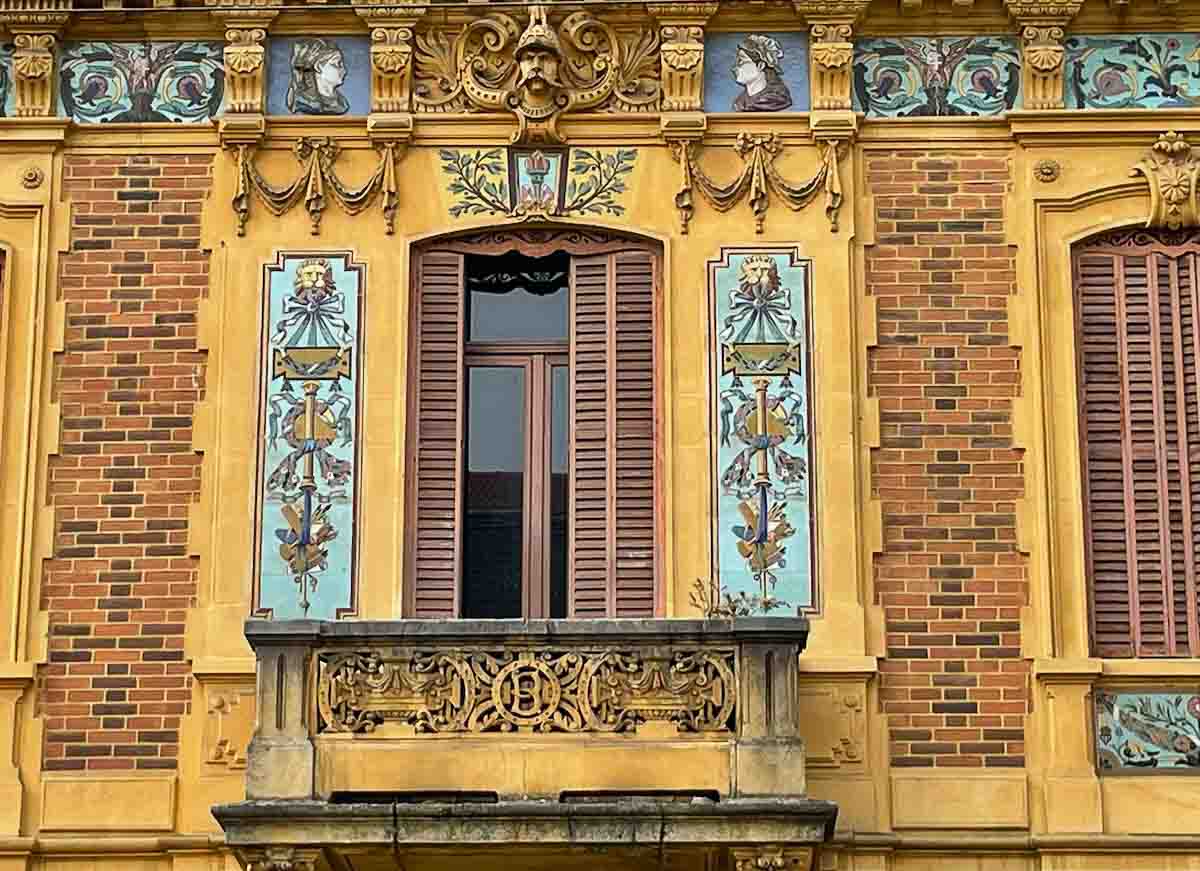Unsure about your French table manners? Click Here to download > > How to avoid these 10 food etiquette mistakes !
- Home ›
- Destinations ›
- Undiscovered France ›
- 4 Underrated French Cities
Why You Need to Visit These 4 Underrated French Cities in Spring
Published 14 December 2023 by Leyla Alyanak — Parisian by birth, Lyonnaise by adoption, historian by passion
No visit to France would be complete without Paris: it’s the center of beauty and romance and so many wonderful things.
But France is so much more than Paris and in spring, the country is at its best, ready with blooms and sunshine and a kind of energy that signals a bright end to winter. Four cities stand out as ideal for a spring visit.
4 French cities to visit in spring 2024
Arles, Bayonne, Grasse and Nancy are often overlooked by foreign visitors seeking the romance of Paris, the history of the Loire Valley or the sunshine of Provence.
Yet they are perfect for a spring visit, especially in 2024, when the Olympic Games will increase crowds and hike prices across the country.
1. Arles

From the renowned Arles amphitheater to its dozen or so major Gallo-Roman remnants, Arles is a feast for history lovers whose ideal day is spent rummaging around Roman ruins.
It is also perfect for following in the footsteps of Vincent van Gogh, who spend many months here, producing 187 paintings.
Spring in Arles couldn’t be more perfect. In winter, the sun shines but the cold Mistral wind can freeze you to the core. You may still feel some of the Mistral’s effects in early spring, but as the season unfolds, the light becomes clear and clean
By summer, the city is leaden with heat, and however much there is to see during the day, visitors often repair to air-conditioned rooms to sleep away the hours when the sun is highest.
One of the ruins, what is left of the Roman circus, is right outside the Arles Museum of Antiquities, which is one of the better ones in France, and which hosts what is believed to be the only bust in existence of Julius Caesar, and what he really looked like.
If modern is what you prefer, Luma is Arles’s latest offering. Designed by architect Frank Gehry, the spectacular metal structure may appear at odds with the city’s Roman heritage, but no. It is far enough away from the old center to stand alone, rather majestically, displaying its collections.
What with Luma, van Gogh and Rome's remnants, Arles is an ideal destination for visitors who value culture above all. Not to mention that getting to Arles is easy if you’re already in the south of the country, a 20-minute train ride from Avignon.
2. Bayonne

Many people don’t realize that the Basque Country is shared by Spain and France: Spain has four Basque provinces, and France has three, with Bayonne at their heart. And like its Spanish counterpart across the border, this is a place for foodies.
The jambon de Bayonne, or Bayonne ham, is famously tasty and in April, an open-air festival celebrates this traditional delicacy - so traditional it has been mentioned in some way since the 12th century.
The other city specialty is, perhaps surprisingly, chocolate, for historical reasons, having first made its appearance in the city in 1670. Today, it’s hard to walk through the old town without tripping over a chocolate shop, some of which date back generations, serving chocolate in a genteel setting amid lace and stained glass.
Located along the Atlantic Coast of France, in the country’s southwestern corner, Bayonne is home to a culture unlike any other in France.
And after the rains of winter, spring ushers in a welcome warmth laced with sunshine, which has been so scarce, perfect for strolling along the riverbanks or the old town, admiring the half-timbered houses so typical of the Basque provinces. Or jumping into your car and touring the Basque region, from the coast to the interior.
3. Grasse

Grasse is the world capital of perfume, so the fact that everything blooms in spring should come as no surprise.
Up in the hills above the French Riviera, Grasse, is a small town with a massive heritage. This is where the fabled Mimosa Trail ends, after winding its way across the coast and hills of the Riviera. Mimosa begins flowering in mid-winter, but you’ll still catch plenty in early spring.
May is when you’ll see the May Rose, Grasse’s flagship flower, much sought-after since it is one of the few essences that cannot be reproduced artificially. Walking around, the scent of jasmine fills the air.
Around Grasse, scents are everywhere, from the handful of small perfumers who toil in their small shops to bring you something exclusive to the major three perfumers whose reputation is worldwide - Fragonard, Galimard and Molinard.
A tour through any one of these three will open a new world for you and unpack the secrets of perfume-making. Better yet, develop your very own signature scent by spending an hour or two with a master perfumer.
To understand the importance of perfume, there’s no better place than the International Perfume Museum. Examine the vials and receptacles used by Ancient Egyptians to burn aromatic powders or woods to honor their gods, admire Marie-Antoinette’s hand-made travel case, or follow perfume’s history throughout the ages.
4. Nancy

Lovers of Art Nouveau will remember Nancy long after they leave.
Sadly, Art Nouveau only lasted a few decades, during France’s Belle Epoque, that period roughly contained between the end of the Franco-Prussian war (1871) and the beginning of World War I. However short-lived, it left its mark on the city, with two particularly powerful examples.
One is the Villa Majorelle, former home of Louis Majorelle, one of the leaders of the Ecole de Nancy. It has been kept pristine, with much of the original furniture, and as soon as you step inside you’ll feel the clocks have been turned back more than a century.
The other is the Ecole de Nancy Museum, which owns the Villa Majorelle, and is packed with Art Nouveau artistry from top to bottom.
These aren’t the only examples of Art Nouveau in Nancy, where plenty of houses still stand from that extraordinary era. Sadly, like many other modern trends, a number of these gems were destroyed to make way for faceless, featureless concrete, but enough remains to make a visit more than worthwhile.
Nancy is under two hours by train from Paris so it’s an easy trip, doubly so if you’re an architecture lover. In winter, it can be cold and gray but come spring, the parks burst with greenery and cafés on the giant Place Stanislas spill over with people grasping at the ever-growing rays of sunshine.
Before you go...
Spring is without a doubt a fabulous season for most any kind of travel - but it’s not the only one. Here are the best times to visit France.

